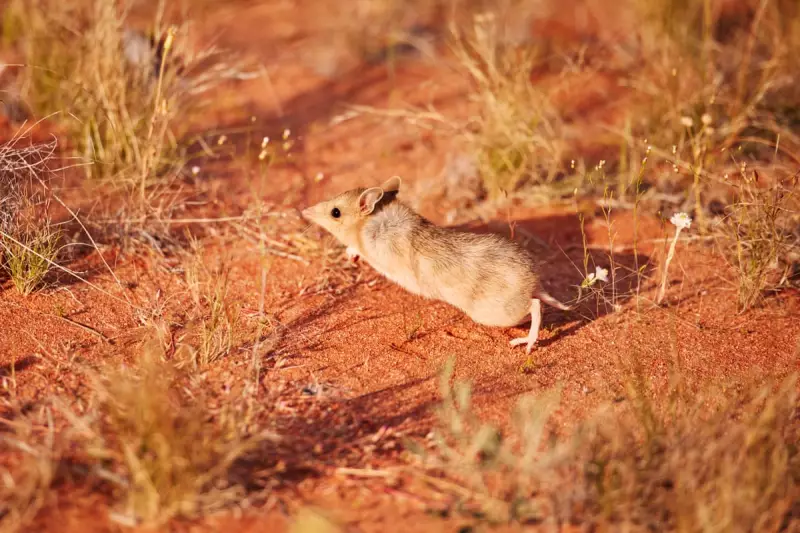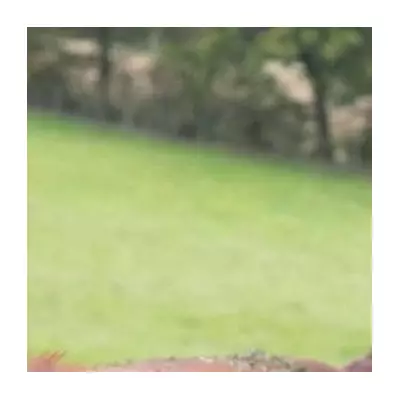
In the arid heart of the Australian outback, a landscape once teeming with unique small marsupials has fallen silent over the past century. Creatures like bilbies, bandicoots, and quolls were largely wiped out, not by natural predators, but by the lethal hunting skills of feral cats introduced by European settlers.
These domestic cats, known scientifically as Felis catus, proved too fast and adaptable for native mammals that had never evolved alongside such a voracious predator. With conventional efforts to eradicate cats proving unsuccessful, a team of scientists has embarked on a radical new approach.
The Grand Experiment in the Outback
The ambitious initiative, known as the Wild Deserts project, is centred in the vast Sturt national park in north-west New South Wales. Here, researchers have created a unique 100 square kilometre 'training zone' where native marsupials are being taught to coexist with their historical nemesis.
Professor Richard Kingsford, director of the University of New South Wales Centre for Ecosystem Science and leader of the Wild Deserts project, describes it as a grand experiment. "So far, we're getting success with animals breeding in there. Numbers are building up," he confirms.
The training zone is strategically bordered by dingo fences that deter some, though not all, feral cats. Inside this area, cat populations are meticulously managed through targeted shooting and innovative devices that can distinguish between native animals and cats. These devices then administer a lethal toxin onto the fur of feral cats, which they subsequently lick off during grooming.
Early Signs of Success
The results of this intensive management are striking. Within the training zone, cat density has been reduced to approximately three cats per square kilometre – a dramatic improvement compared to the ten times higher density found outside the protected area.
Dr Bec West, the principal ecologist at Wild Deserts who has lived in the national park for eight years with her family, oversees the releases. Since the beginning of 2024, the project has introduced 51 western quolls, 305 bilbies, and 234 golden bandicoots into the training zone, with plans to add burrowing bettongs soon.
"Some will be eaten. But predation is natural," Dr West acknowledges with the pragmatic perspective of a field ecologist.
The most recent monitoring has provided encouraging evidence. Last month, the Wild Deserts team captured 57 quolls, bilbies, and bandicoots within the training zone. Notably, the bilbies and quolls had survived for at least a year, while the bandicoots had persisted for three months – significant milestones in their adaptation journey.
Learning to Live Alongside Predators
Perhaps the most compelling data comes from the project's network of 50 motion-activated cameras. Dr West reveals that in recent months, "we have been seeing more bilbies and quolls than cats. That is such a win. They are taking back the desert."
The mechanisms behind this apparent adaptation are fascinating researchers. Some marsupials may be learning through observation, developing new strategies of increased wariness. Supporting evidence comes from experiments in South Australian deserts where bettongs demonstrated heightened alertness and vigilance when cats were present.
Another revealing study compared bilbies exposed to cats against those living in cat-free environments. After five years, the cat-exposed bilbies had developed larger feet and would flee from approaching humans much earlier – potential adaptations for better escape capability and increased predator awareness.
"Those larger feet might mean they're better at escaping," explains Dr West, who has participated in some of these studies.
The reintroduced species have not only survived but have spread across the entire training zone. "They have been able to breed and the progeny have grown up in that environment," says Dr West. "They're spreading out and we hope in the future we can use these predator-smart animals to establish them further afield."
The ecological benefits extend beyond species survival. These small marsupials function as ecosystem engineers – their digging and soil turnover creates water pools and helps seeds germinate, encouraging native plant growth. The transformation in the cat-free fenced zones adjacent to the training area has been remarkable, with native plants flourishing in the dry environment.
"It is unrecognisable now," Dr West observes. "They're turning over the environment and you can see the seeds collecting in those pools. You have a really high risk of turning your ankle!"
As this pioneering project continues, it offers a glimmer of hope for restoring Australia's unique marsupial populations to landscapes they haven't inhabited for generations, potentially rewriting the relationship between native species and one of their greatest threats.





